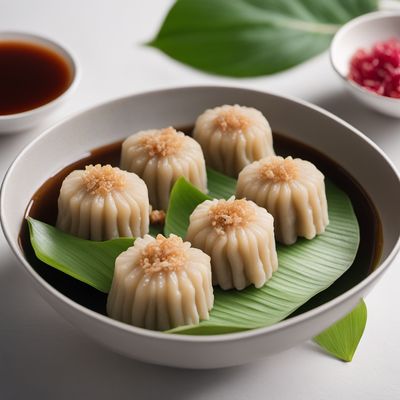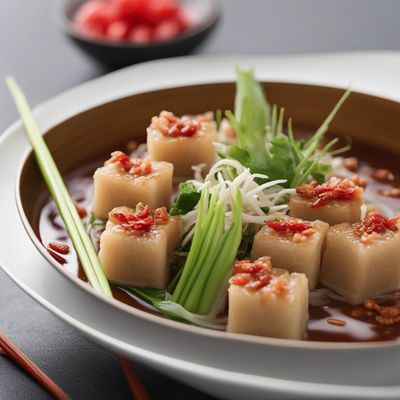
Dish
Chwee kueh
To make chwee kueh, rice flour is mixed with water and then steamed in small cups until it is cooked through. The cakes are then topped with a mixture of preserved radish and chili sauce, which gives the dish its signature flavor. Chwee kueh is often served as a snack or breakfast food and is a popular street food in Singapore and Malaysia.
Origins and history
Chwee kueh is a traditional dish from Singapore and Malaysia and is often sold by street vendors or in hawker centers. It is believed to have originated in the 1950s and has since become a beloved part of the local cuisine.
Dietary considerations
Chwee kueh is a gluten-free and vegan dish, making it a good option for people with dietary restrictions. However, it is high in carbohydrates and should be consumed in moderation by people with diabetes or other conditions that require a low-carbohydrate diet.
Variations
There are many variations of chwee kueh, depending on the region and the family recipe. Some recipes may use different toppings, such as fried shallots or sesame seeds, to add flavor. Others may use different types of chili sauce or preserved radish.
Presentation and garnishing
Chwee kueh is often served in a small bowl or on a plate, with the rice cakes arranged in a circular pattern. The preserved radish and chili sauce are then spooned on top of the cakes. The dish is often garnished with fresh herbs or chopped vegetables for added flavor and color.
Tips & Tricks
To make chwee kueh, be sure to use fresh and high-quality ingredients, such as rice flour and preserved radish. It is also important to steam the cakes until they are cooked through but still soft and chewy. Finally, be sure to adjust the seasoning to taste, as the dish should be savory and slightly spicy.
Side-dishes
Chwee kueh is often served as a snack or breakfast food and is usually eaten with a fork or chopsticks. It can also be served as a side dish with other Chinese dishes.
Drink pairings
Chwee kueh pairs well with a variety of beverages, such as tea or coffee. However, it is often served with a local Singaporean drink, such as kopi or teh tarik.
Delicious Chwee kueh recipes
More dishes from this category... Browse all »

Acarajé
Brazilian cuisine

Aloo Pie
Trinidad and Tobago cuisine

Antojitos
Mexican cuisine

Arepa de huevo
Colombian cuisine

Attiéké
Ivorian cuisine
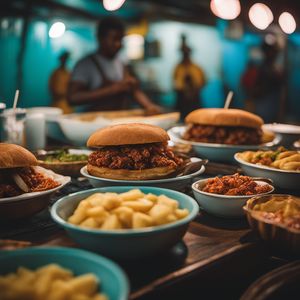
Bake and Shark
Trinidad and Tobago cuisine

Bakwan
Indonesian cuisine

Baleada
Honduran cuisine
More cuisines from this region... Browse all »
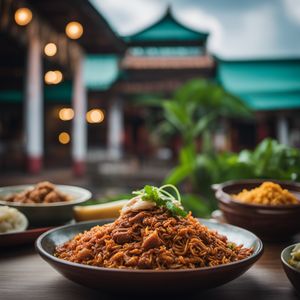
Bruneian cuisine
Bold, Complex, Spicy, Savory, Sweet
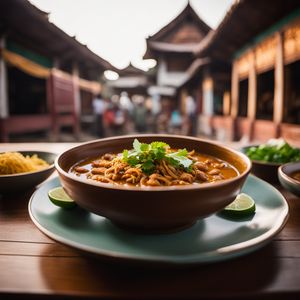
Burmese cuisine
Salty, Sour, Spicy, Umami, Sweet
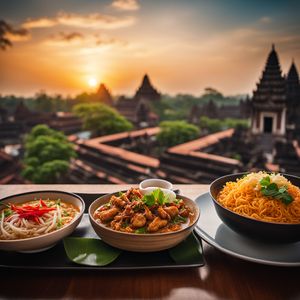
Cambodian cuisine
Salty, Sour, Spicy, Umami, Sweet
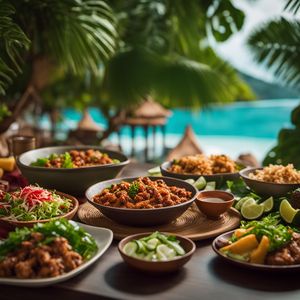
Christmas Island cuisine
Salty, Sour, Spicy, Umami, Sweet

East Timor cuisine
Spicy, Savory, Sweet, Sour, Umami

Filipino cuisine
Sweet, Sour, Savory, Spicy, Umami
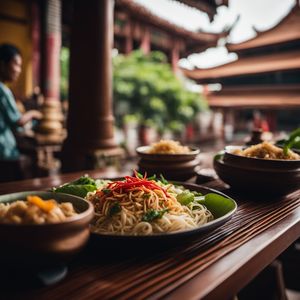
Lao cuisine
Savory, Spicy, Sour, Umami
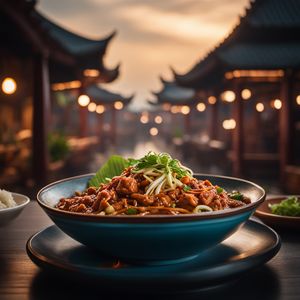
Malaysian cuisine
Spicy, Sweet, Sour, Savory
